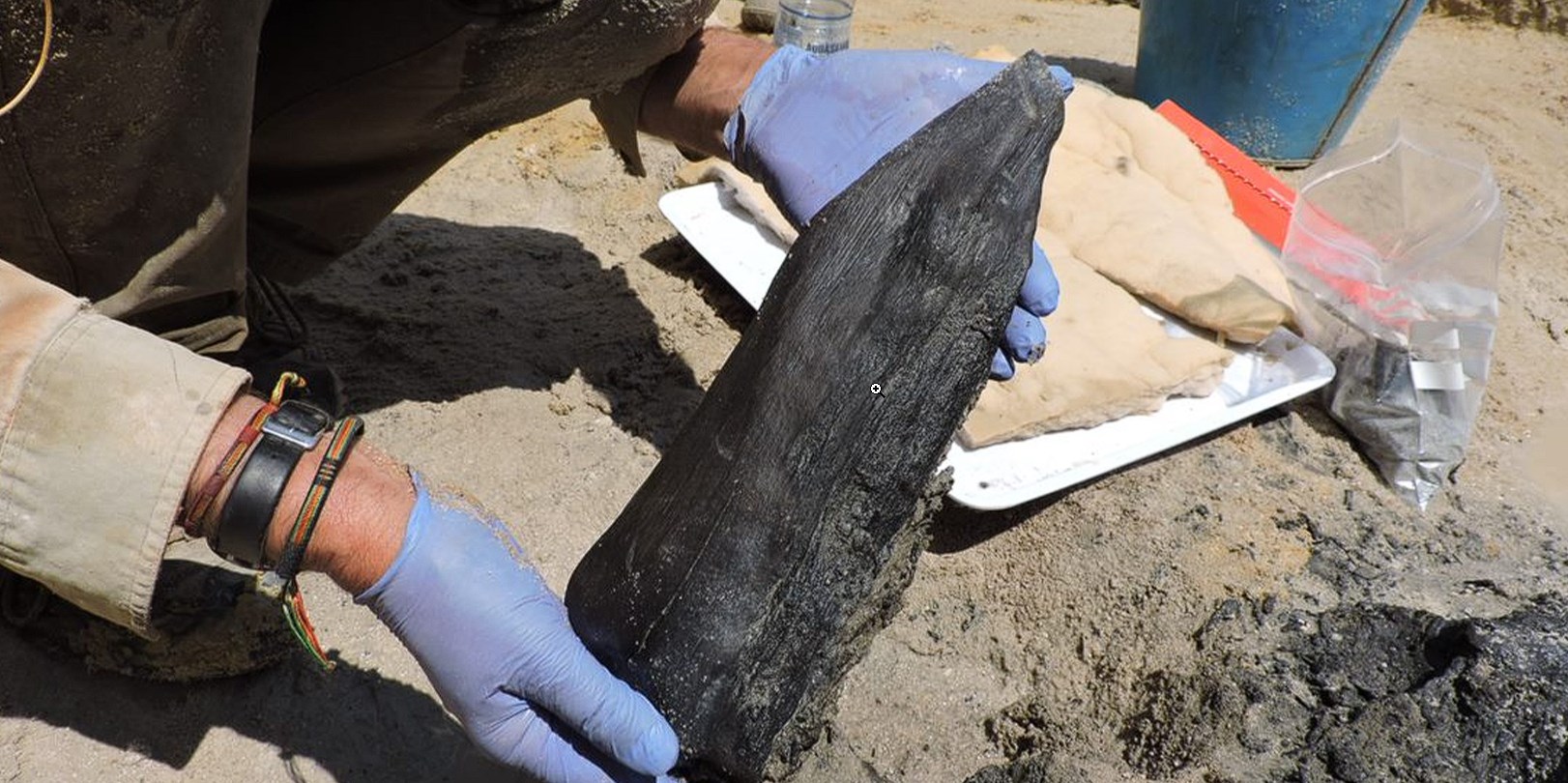Archaeologists have discovered the oldest evidence yet of a wooden structure crafted by the hands of a human ancestor. Two tree trunks, notched like Lincoln Logs, were preserved at the bottom of the Kalambo River in Zambia. If the logs’ estimated 476,000-year-old age is correct, it means that woodworking might predate the emergence of our own species, Homo sapiens, and highlights the intelligence of our hominin ancestors.
Archaeologists unearthed the logs at Kalambo Falls, on Lake Tanganyika in northern Zambia, a site that has been investigated by scientists since the 1950s. Previous excavations around a small lake just upstream from the falls yielded stone tools, preserved pollen, and wooden artifacts that have helped researchers understand more about human evolution and culture over the span of hundreds of thousands of years.
But a new analysis of five modified pieces of wood from Kalambo is pushing back the earliest occupation of the site and giving researchers new insight into the minds of our Middle Pleistocene (781,000 to 126,000 years ago) ancestors.
In a new study published Wednesday (Sept. 20) in the journal Nature, researchers led by Larry Barham, a professor in the Department of archaeology, classics, and Egyptology at the University of Liverpool in the U.K, detail the wooden objects they unearthed. These include two that were found with stone tools below the river and three that were covered in clay deposits above the river level. These wooden artifacts survived over hundreds of thousands of years due to the permanently elevated water table.
more at livescience.com
feature image credit (Image credit: Professor Larry Barham/University of Liverpool)
Ask me anything
Explore related questions





